The Landmarks Preservation Commission’s backlog, which had been reduced from 95 items to 30 items in February, has taken another big step towards being cleared. On Tuesday, the LPC designated eight new city individual landmarks, and they span all five boroughs.
Starting in the Bronx, one new landmark was designated. That is the two-story, Italianate-style farmhouse at 65 Schofield Street on City Island, New York City’s wonderful little fishing village. The house dates back to 1860, architect unknown, and is named for William Schofield. He moved to the area in 1827 and his was among the first families to settle there.
Commissioner Michael Devonshire called the house “remarkable.” Commissioner Michael Goldblum, who represents the Bronx, called it the “nexus” of cultural and aesthetic importance. Goldblum noted that there have been modifications to the home over the years, but that they tell a story that doesn’t detract from the significance of the home.
Another Bronx site, the Immaculate Conception, Church of the Blessed Virgin Mary, at 375-395 East 150th Street, was on the agenda, but was laid over. Like many religious institutions, the church has been in opposition to its designation, citing the financial burden it would create. The commission said it isn’t sure of the support it would get from the area’s council member, and the City Council does make the final approval of LPC designations. So, the commission will continue outreach efforts and take up the item again on June 28.
Queens now has two new landmarks. The first is the iconic Pepsi-Cola sign in Long Island City. Constructed in 1936, when it was the longest electric sign in the state, it originally sat atop the soda maker’s bottling plant. When Pepsi sold the land and the building was demolished, the sign was temporarily moved, but now sits feet from its original location. There is widespread love for the sign, and many probably think it is already a landmark. This solidifies that, sort of. The LPC can’t regulate content. In other words, the LPC can’t do anything to stop the words “Pepsi-Cola” from being replaced with the logo of another brand. However, existing legally binding agreements with Pepsico do govern the maintenance of the sign.
Commissioner Diana Chapin called it “one of the most notable icons in Queens.” Commissioner Wellington Chen mused on the effect of sugary drinks on cancer cells and the hopeful decline of consumption of those drinks. He envisioned a time when people looked at that sign, aghast at what humans used to consume.
Queens’s other new landmark is the J. William Ahles House, also known as the Lydia Ann Bell and William Ahles House, at 39-26 213th Street in Bayside. The home, which dates back to 1873, is one of the oldest in Bayside.
Green-Wood Cemetery in Brooklyn, which was founded in 1838, already has a landmarked entrance. The brownstone Gothic Revival entrance, designed by Richard Upjohn, was designated an individual landmark in 1966. Now, it has more landmarked sites. The Fort Hamilton Parkway entrance, the visitors cottage, and the chapel have been designated.
Commissioner Frederick Bland, who represents Brooklyn, said, “It is hard to overvalue… this cemetery.” He said Frederick Law Olmsted used to frolic amongst the graves, and it was an inspiration for his design of Central Park and other New York City sites. Commissioner Goldblum called them “amazing remarkable buildings.” LPC Chair Meenakshi Srinivasan called them “exceptional buildings” and architectural gems.
Also designated was the Lady Moody-Van Sicklen House at 27 Gravesend Neck Road in Gravesend. The Dutch-American farmhouse dates back to the 18th century and has been on the calendar since 1966. It is the only known extant 18th century house in Brooklyn that is mostly made of stone. Only the house’s owner opposed designation, and only did that in the form of a letter sent after the public hearing was held. Commissioner Devonshire wishes he could sit down with the owner.
A fourth Brooklyn site was on the agenda – St. Augustine’s Roman Catholic Church and Rectory at 49 Sterling Place, which dates back to 1888. It was removed from the designation calendar on Tuesday because it fell under landmark protection earlier in the day when the Park Slope Historic District Extension II was designated.
In Manhattan, the Federal style wood-framed house at 57 Sullivan Street in SoHo is now a landmark. It dates back to 1816 or 1817 and its first designation hearing was in 1970. Commissioner Devonshire called it “special.”
Way uptown, St. Michael’s Episcopal Church, Parish House, & Rectory, located at 227 West 99th Street, on the Upper West Side, was designated. Designed by Robert W. Gibson and built between 1890 and 1897, its first LPC hearing was in 1980. Commissioner Goldblum called it a “wonderful campus.” Commissioner Chapin complimented the integration of the buildings into a campus, but also noted how wonderful they all are on their own.
We end, appropriately, at a cemetery – specifically the Vanderbilt Mausoleum and Cemetery at Moravian Cemetery on Staten Island. Designated were the terrace, pillar, entrance arch, gates, retaining wall, and connecting path. Attributed to both architect Richard Morris and Central Park co-designer Frederick Law Olmsted, they date to between 1881 and 1889 and had been on the calendar since 1980.
Commissioner John Gustafsson, who represents Staten Island, was very excited to have the opportunity to use the phrase “embedded in a hillock” in describing what he called a “remarkably peaceful place.” He said tourists who see the “imposing structure” probably already think it’s a landmark. Now it is. Chair Srinivasan said it is a “hidden gem” in a “breathtaking setting,” complete with a view of New York Harbor.
There are still 20 other sites from the backlog still to be addressed, plus the Immaculate Conception Church in the Bronx. Stay tuned!
Subscribe to YIMBY’s daily e-mail
Follow YIMBYgram for real-time photo updates
Like YIMBY on Facebook
Follow YIMBY’s Twitter for the latest in YIMBYnews

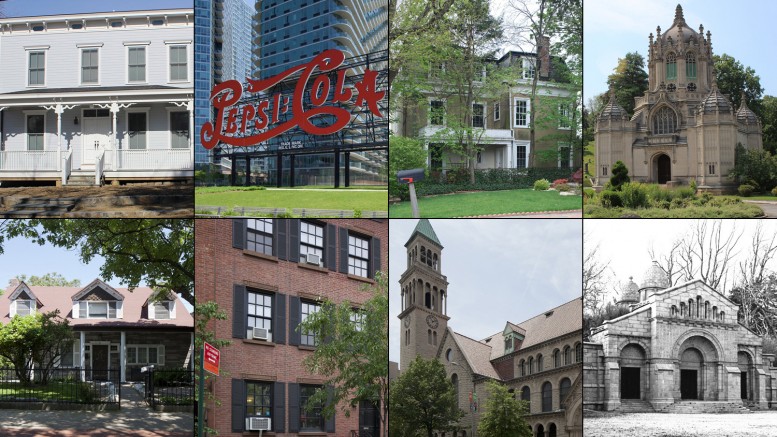
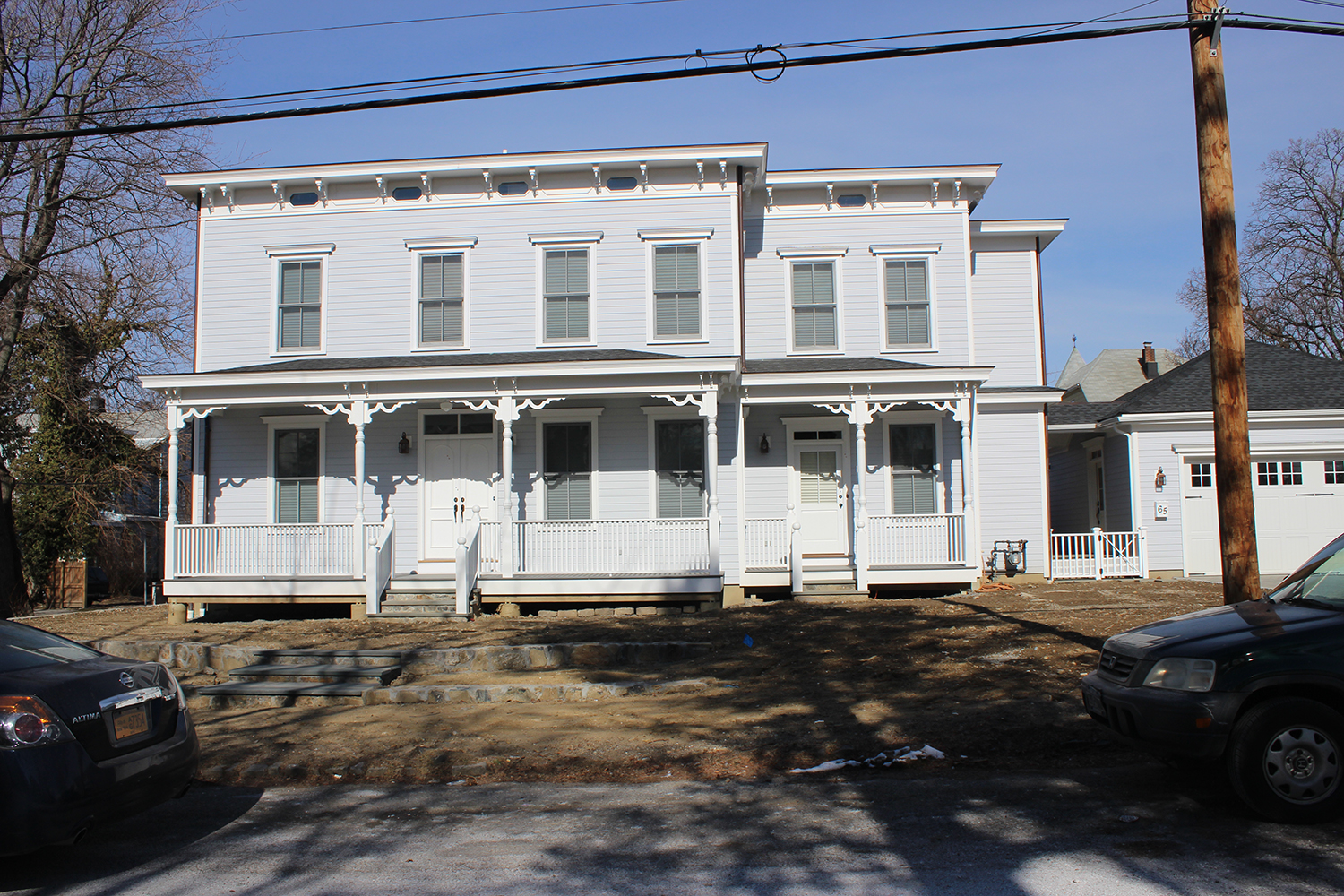
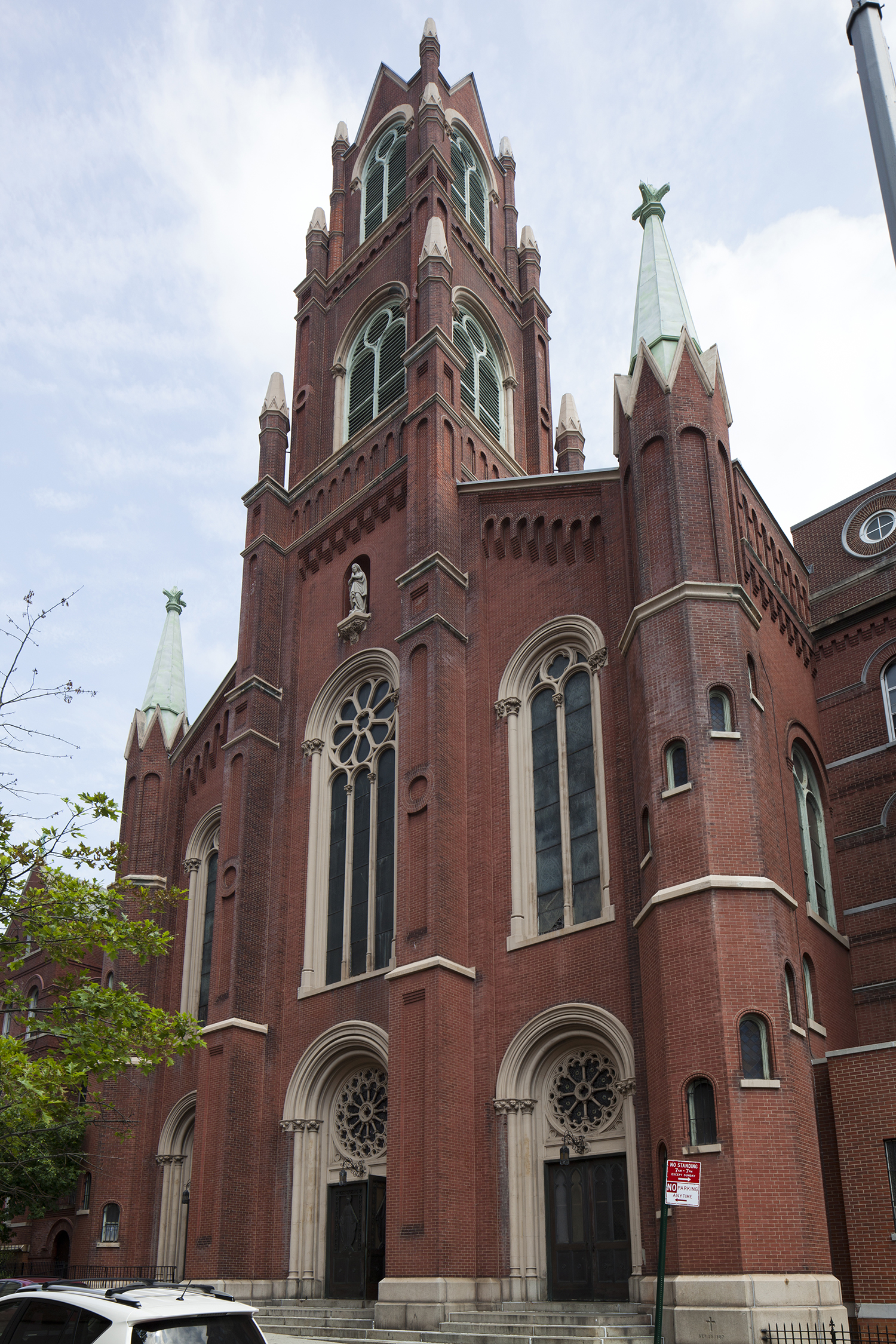
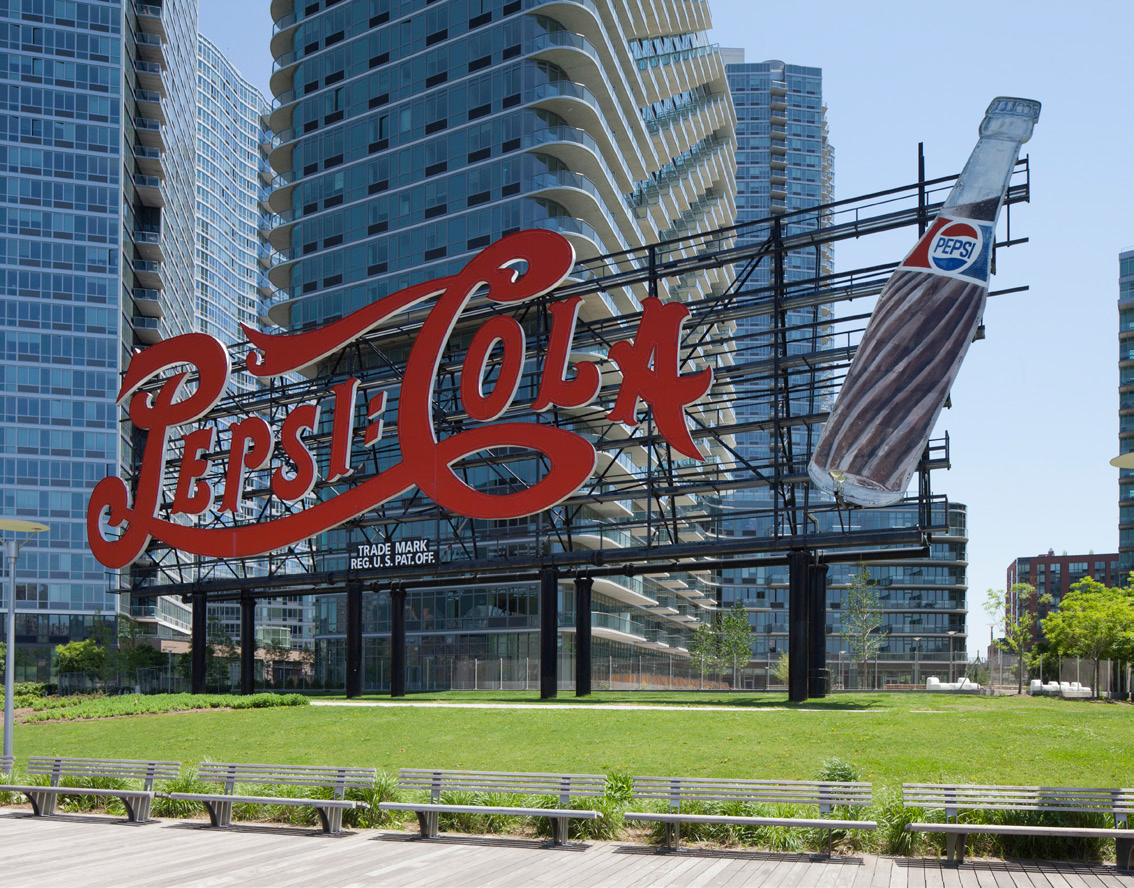
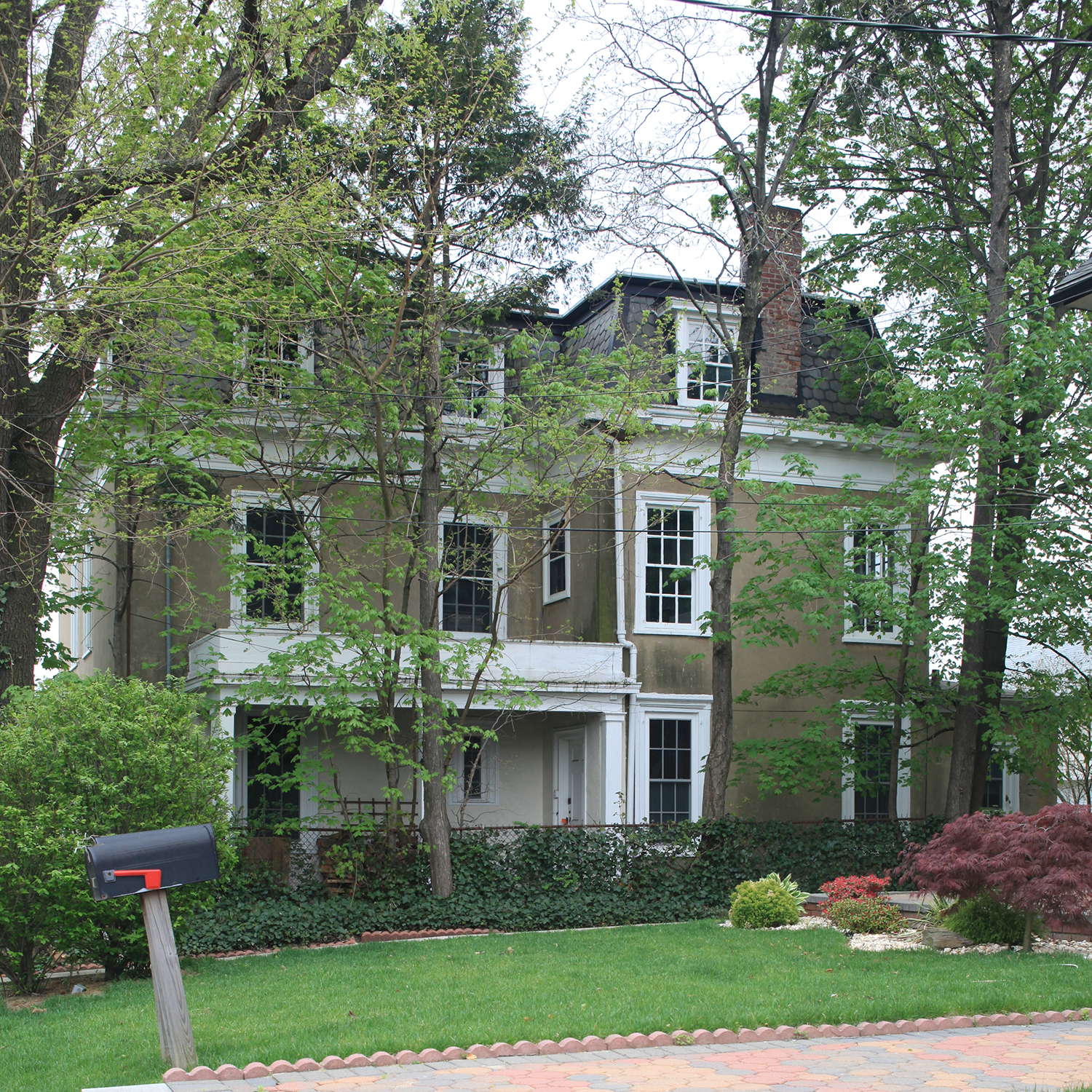
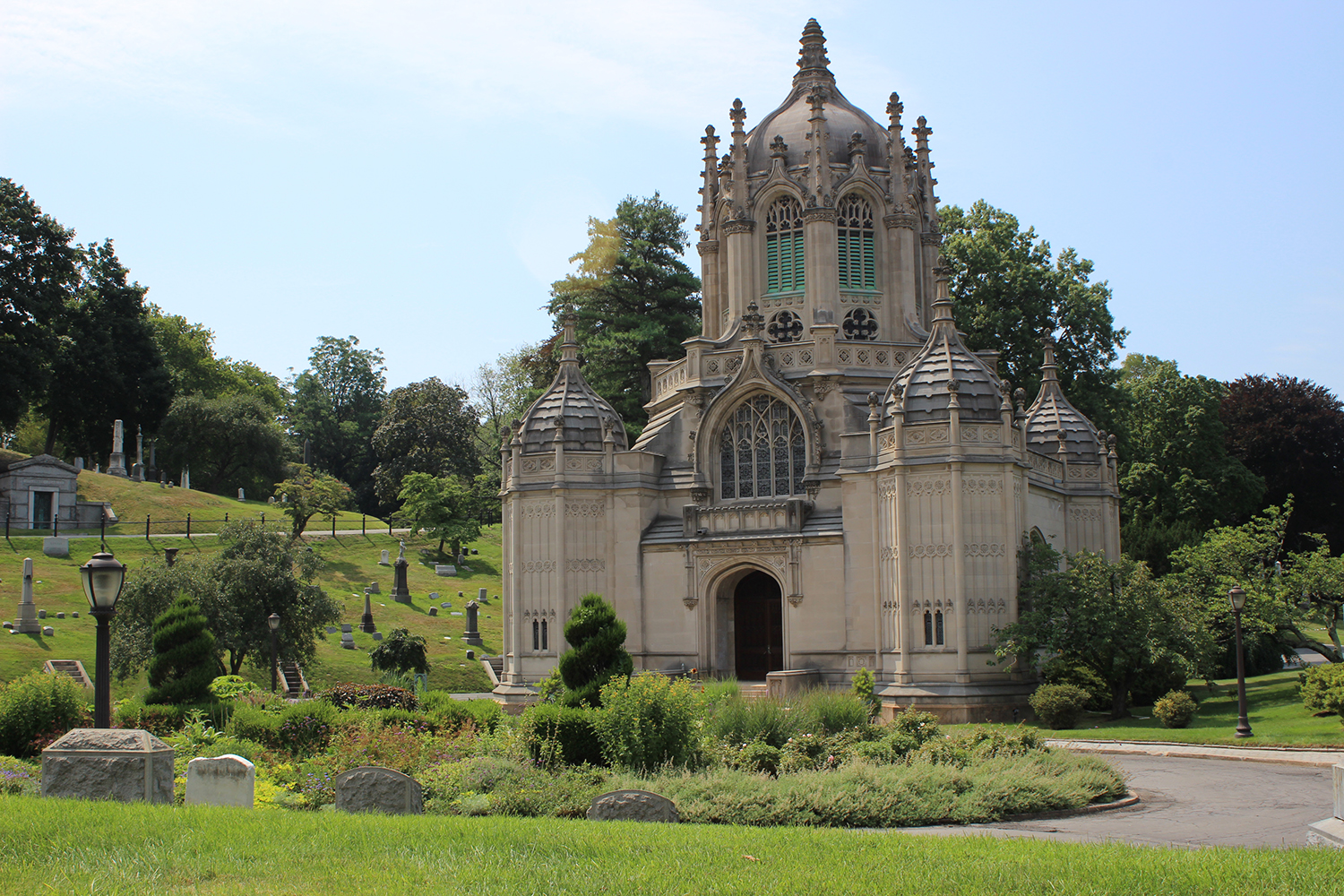
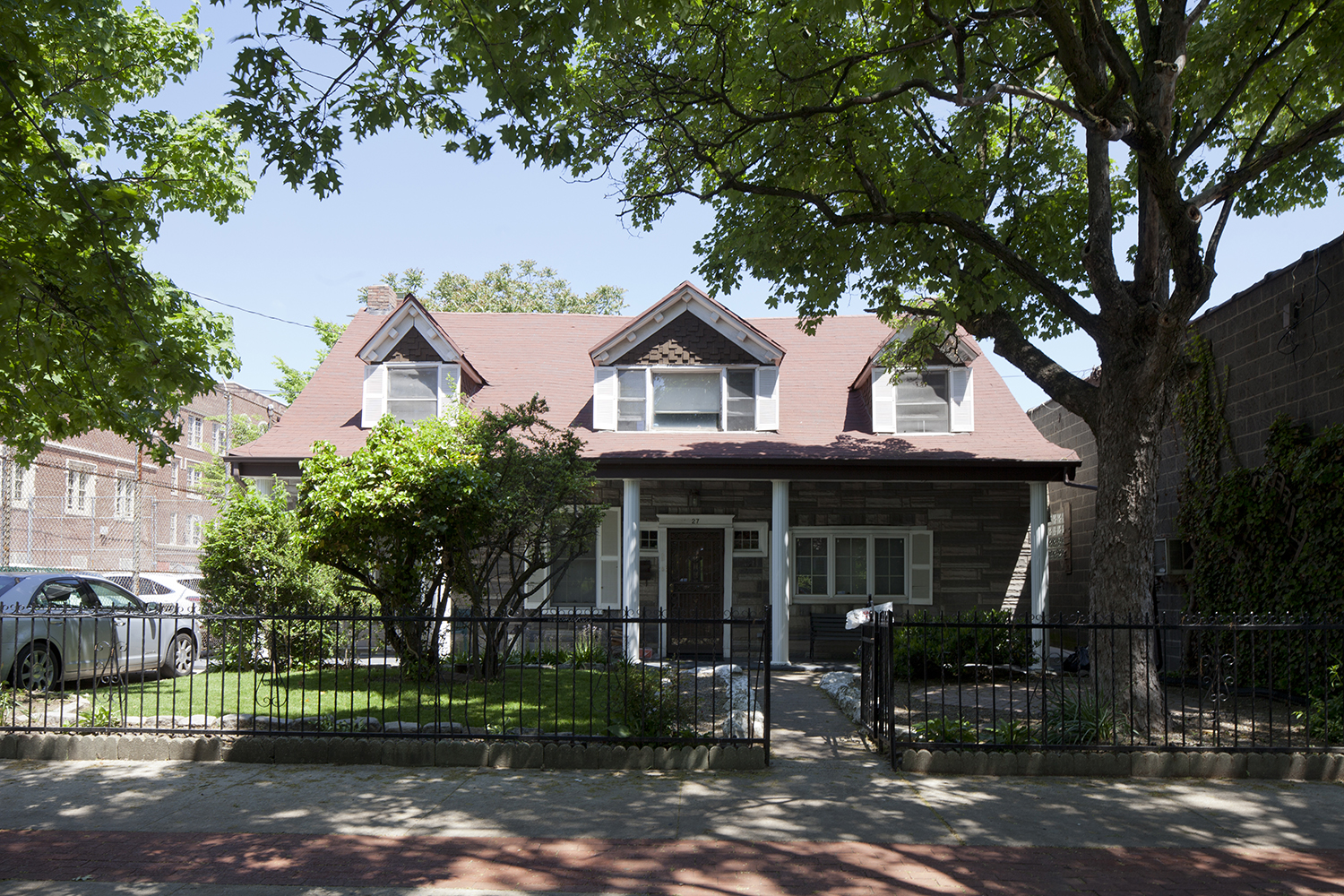
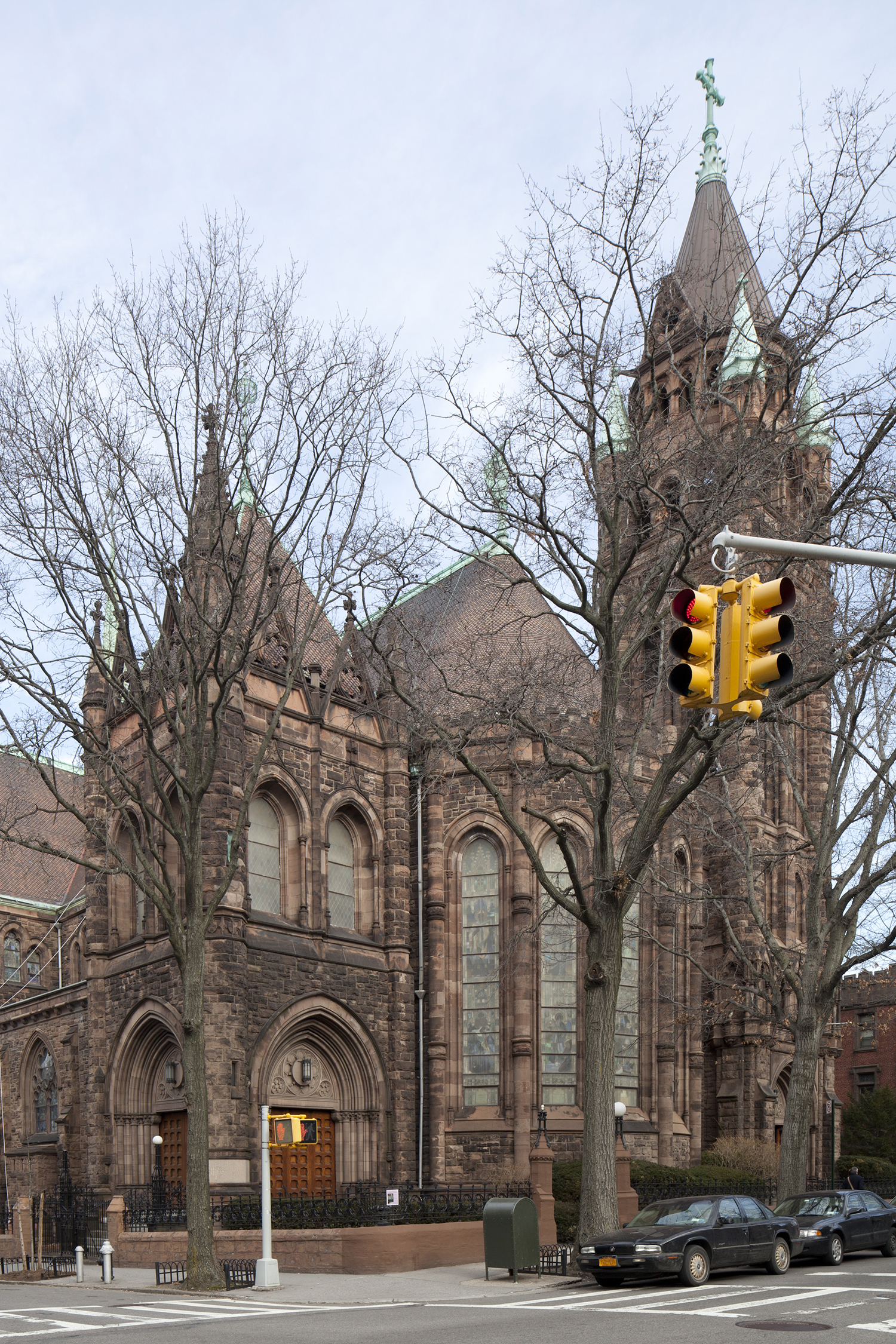
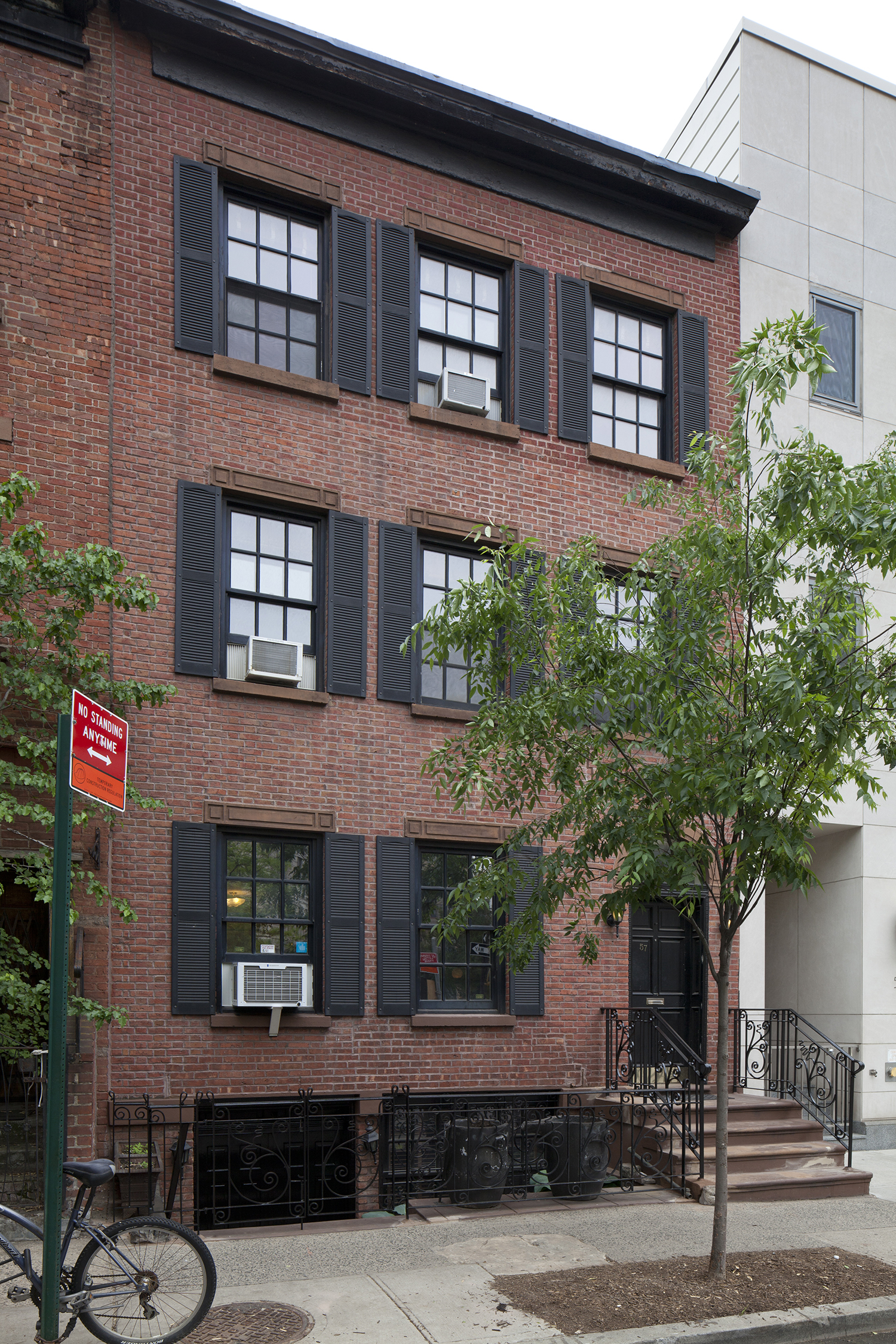
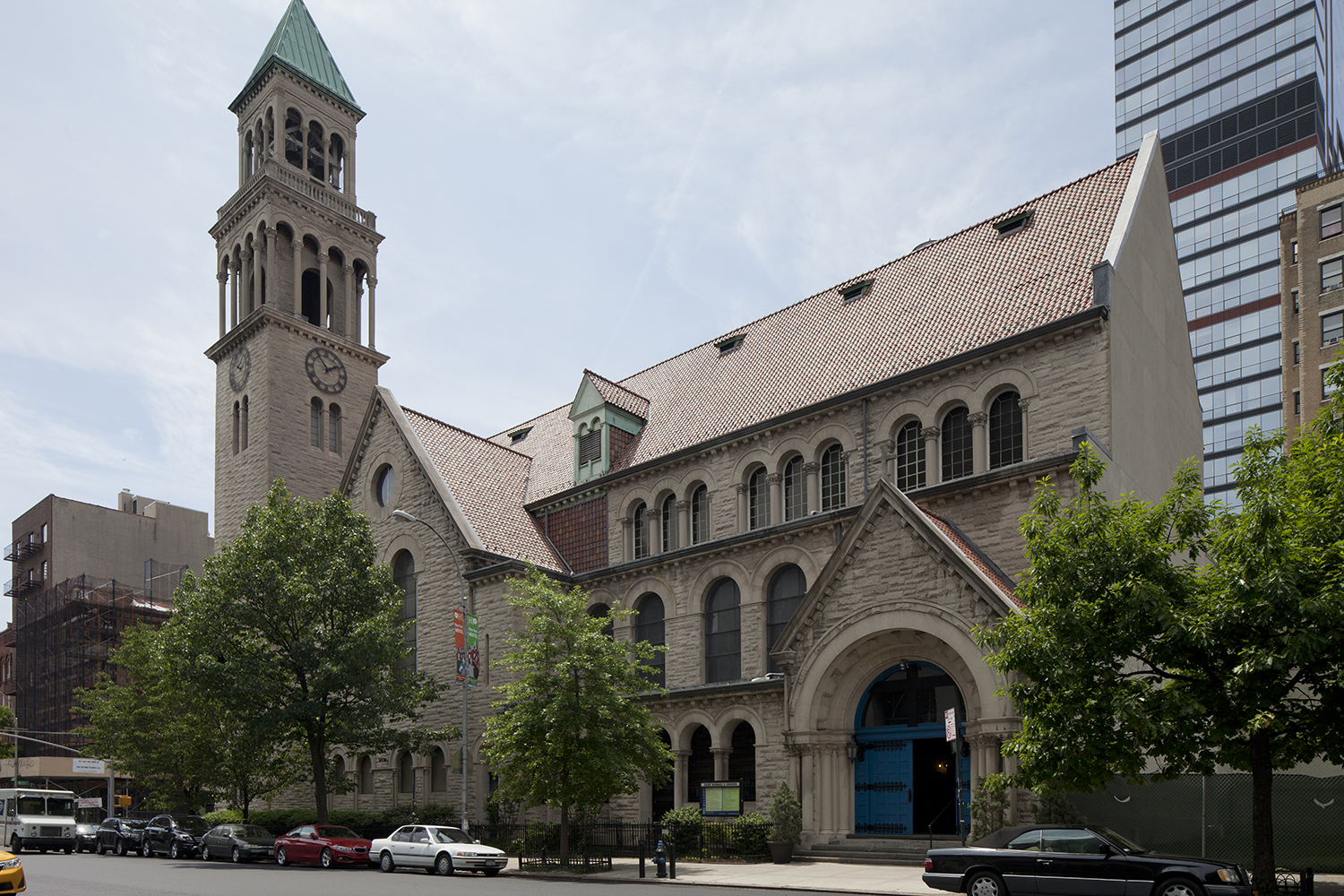
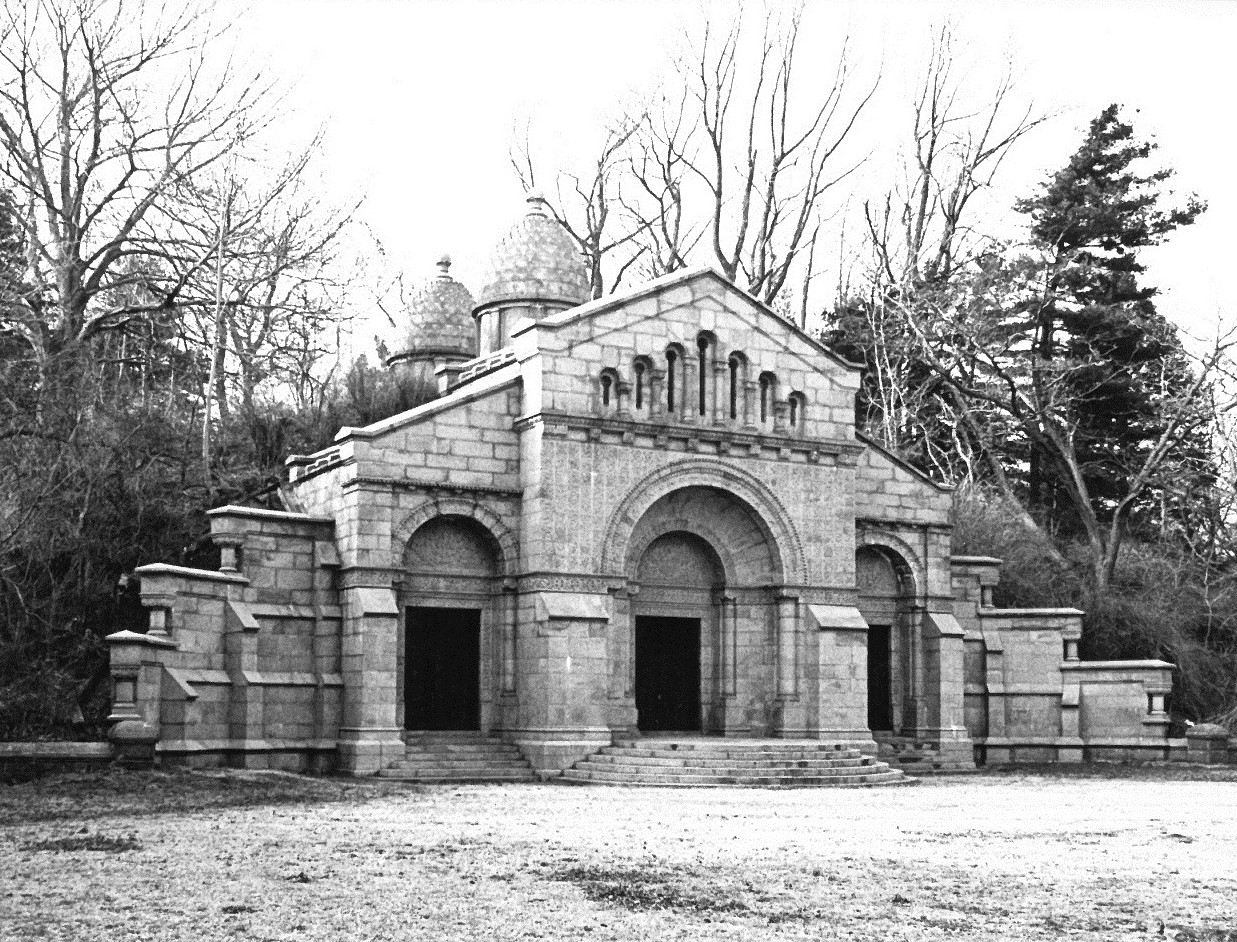

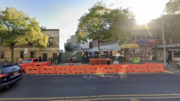


Good and best at all now and in the past, fashion on the buildings never die.
so happy they received landmark. This is OUR NYC history.
I can quietly agree with Commissioner Wellington Chen.
Thank you for publishing the article on the Schofield House located at 65 Schofield Street, City Island. I am the Architect that came up with the idea to save the structure, move the house in its entirety to be able to expand for my clients. The project was an instantly compelling one at first sight on January 3, 2008, to be able to fit my client’s needs into a smaller home than they were used to and maintain historic significance. I am thrilled at the outcome and hope this sets a standard for other older homes throughout NYC that have been forgotten or mistreated over the years. Donald Zachary Schweter, R.A. – ZS Design Architect, PLLC – 914-589-1229 – [email protected]
So, is the Vanderbilt tomb now going to be accessible to the public?? It has been behind locked gates for always and cannot be seen from any public space.